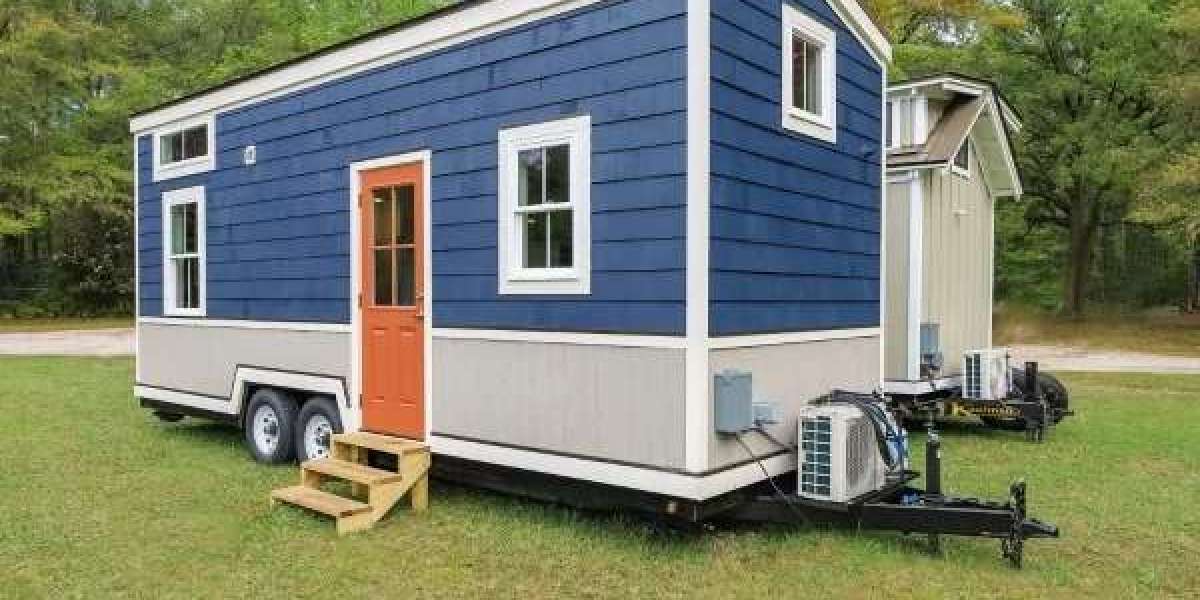Removing a manufactured home is a significant undertaking that requires careful planning, execution, and adherence to local regulations. Whether you're upgrading to a new model, clearing land for development, or dealing with an aging structure, understanding the process is crucial for a smooth and cost-effective experience. This article will guide you through the key aspects of manufactured home removal.
Why Remove a Manufactured Home?
Several reasons might necessitate the removal of a manufactured home. Homeowners may choose to replace an older model with a newer, more energy-efficient one. Land developers often need to clear sites for new construction projects. In some cases, the structural integrity of an older manufactured home may be compromised, making removal the most viable option. Regardless of the reason, the process demands attention to detail.
Initial Steps and Planning
Before any physical work begins, thorough planning is essential.
Assessment and Permits
The first step involves a comprehensive assessment of the home and its surroundings. Identify any potential obstacles such as trees, power lines, septic systems, or wells. Contact your local municipality or county to inquire about the necessary permits for manufactured home removal and transportation. Regulations vary significantly by location, so understanding these requirements early on is critical to avoid legal complications and delays.
Utility Disconnection
Prior to moving or dismantling the home, all utilities must be safely disconnected. This includes electricity, gas, water, and sewer lines. Contact the respective utility companies to schedule professional disconnection services. Ensure that all connections are properly capped and secured to prevent accidents.
Choosing a Removal Method
There are typically two primary methods for removing a manufactured home:
Complete Relocation
If the manufactured home is in relatively good condition and you intend to reuse it at a different location, complete relocation is an option. This involves hiring a specialized transportation company equipped to handle oversized loads. They will secure the home, detach it from its foundation, and transport it to the new site. This method requires careful route planning, obtaining necessary transportation permits, and ensuring the new site is prepared to receive the home.
Demolition and Disposal
If the home is beyond repair or relocation isn't feasible, demolition and disposal are necessary. This involves dismantling the structure and disposing of the materials according to local regulations. You can either hire a demolition contractor or undertake the demolition yourself, although the latter is generally not recommended due to safety concerns and the complexity of proper waste disposal.
The Removal Process
The actual removal process will vary depending on the chosen method.
Relocation Execution
For relocation, the transportation company will carefully lift the home onto specialized trailers using hydraulic jacks. They will secure the home to prevent shifting during transit and navigate the pre-determined route. Upon arrival at the new site, the home will be carefully positioned and secured to the new foundation.
Demolition Execution
Demolition typically involves systematically dismantling the home, starting with interior fixtures and moving to the structural elements. Contractors will use heavy equipment to expedite the process. Once the home is demolished, the debris will be loaded onto trucks and transported to designated landfills or recycling facilities. It's crucial to ensure that waste is disposed of in an environmentally responsible manner, adhering to local regulations.
Post-Removal Considerations
Once the manufactured home is removed, there are still a few important steps to consider.
Site Restoration
If you are not placing another structure on the site, you will need to restore the land. This may involve filling in any holes left by the foundation, grading the land, and landscaping.
Foundation Removal
Depending on your local regulations and future plans for the site, you may also need to remove the existing foundation. This can be a separate process involving breaking up concrete or removing other foundation materials.
Final Inspections
After the removal and site restoration are complete, it's often necessary to schedule a final inspection with your local authorities to ensure all work has been done according to regulations and permits.
Conclusion
Removing a manufactured home is a multifaceted process that demands careful planning, adherence to regulations, and often the expertise of specialized professionals. By understanding the various stages involved, from initial assessment and permitting to the actual removal and post-removal considerations, homeowners and developers can navigate this journey effectively and ensure a smooth and compliant outcome. Whether relocating or demolishing, prioritizing safety and environmental responsibility throughout the process is paramount.



